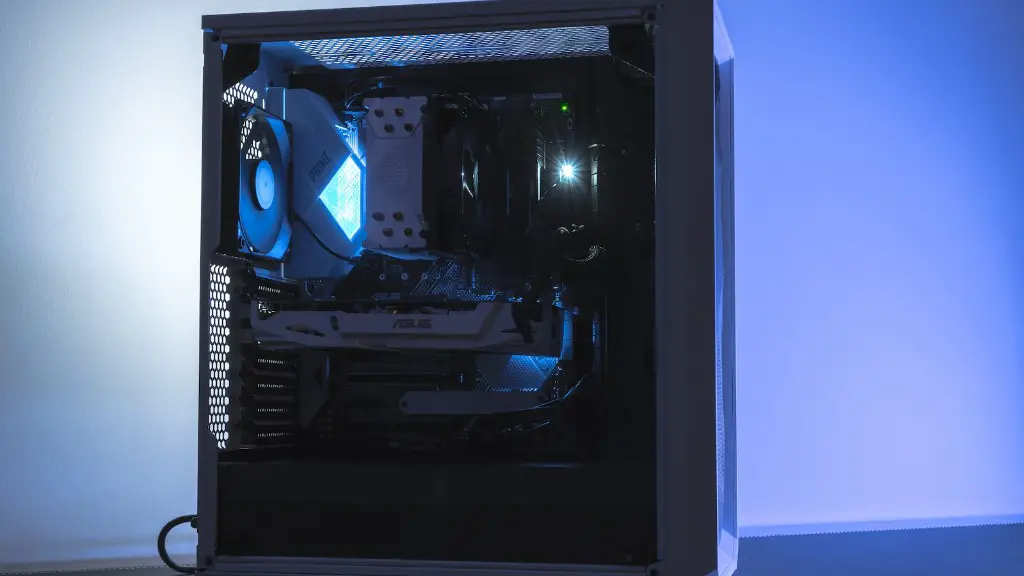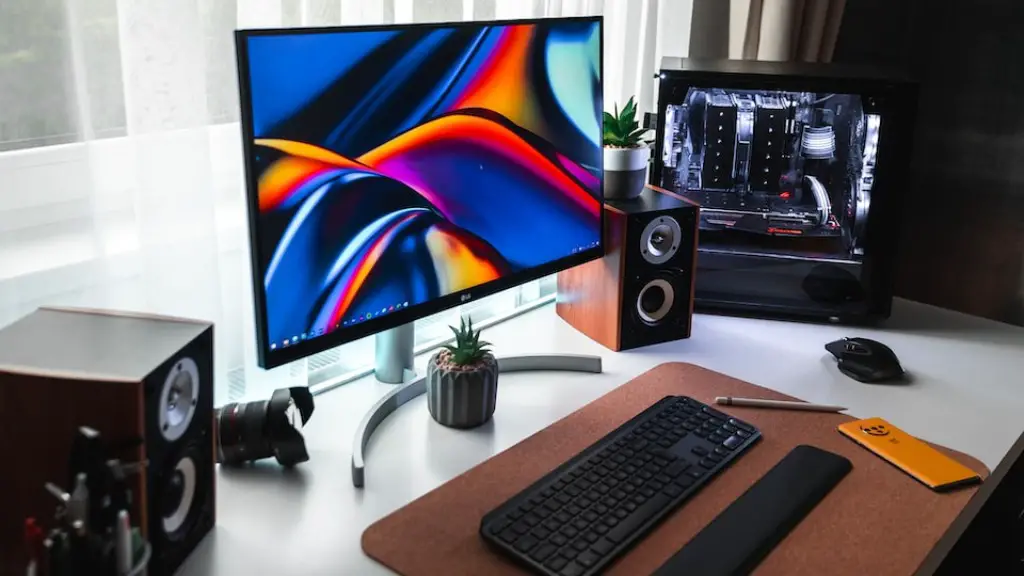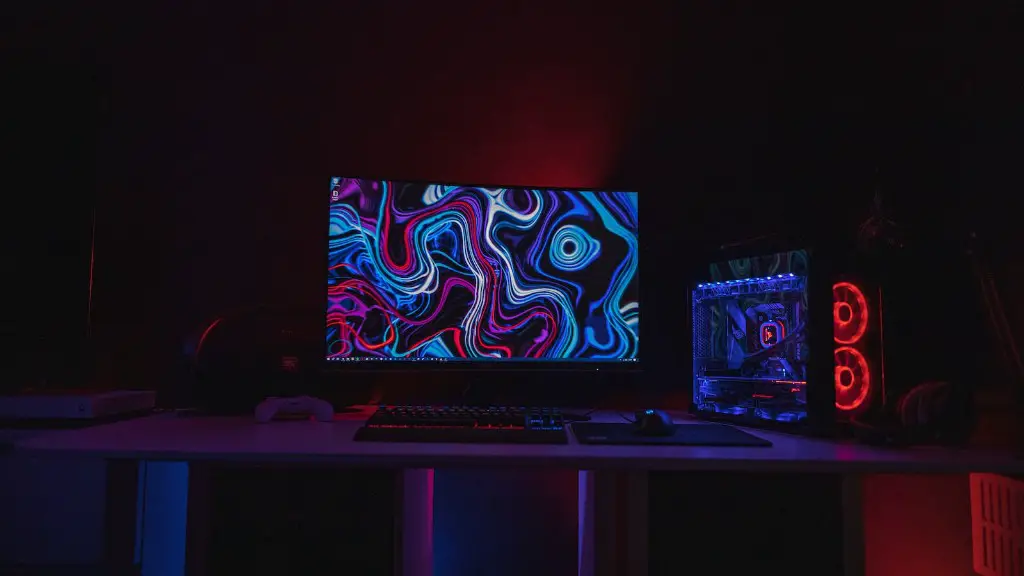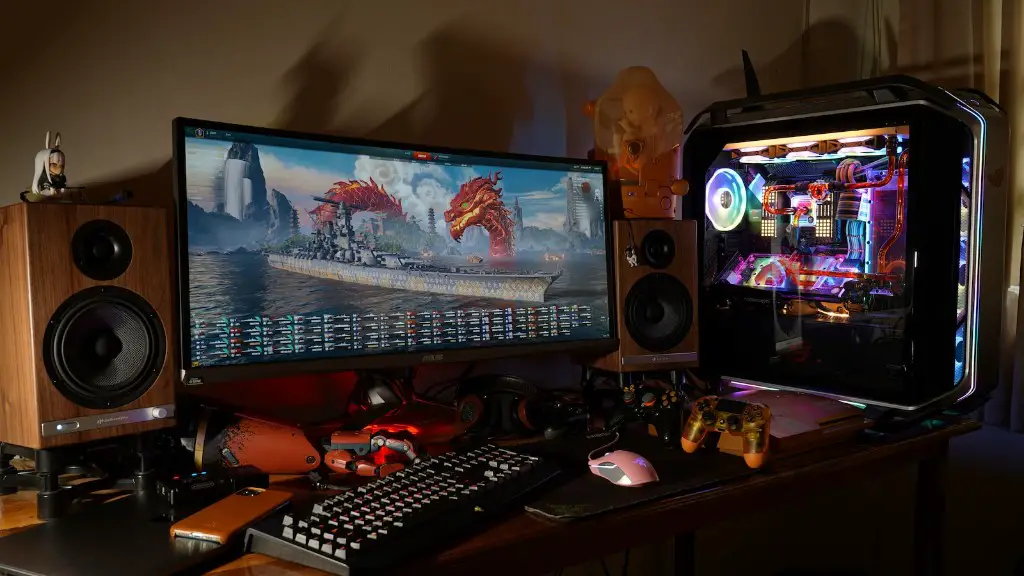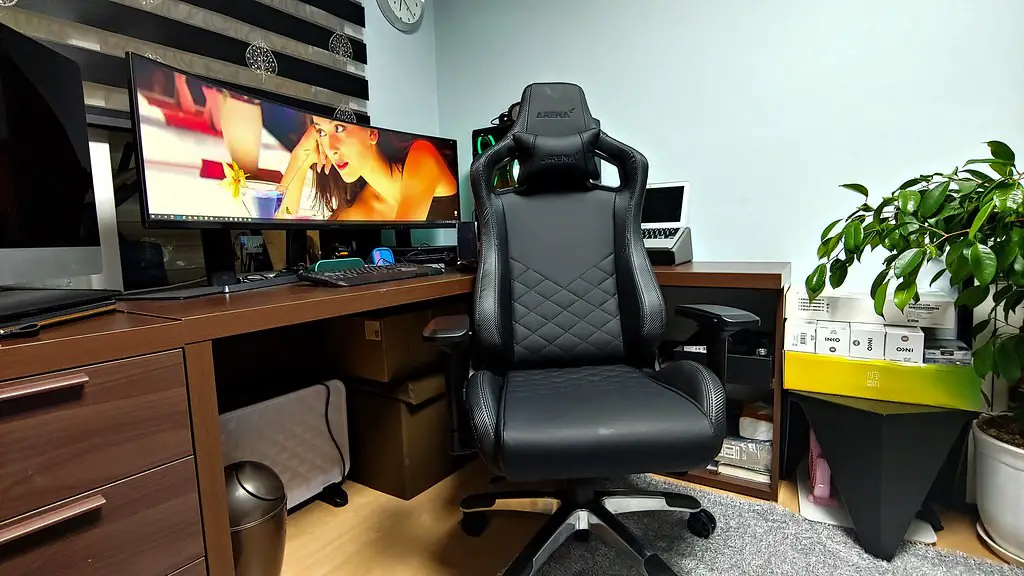Upgrading a regular PC into a gaming PC is no easy task. It requires knowledge of the components and optimization techniques, not to mention a considerable budget. But there are many practical ways to transform a regular PC into a gaming PC, and some relatively cheap measures can make a huge difference. This article will explain how to turn a regular old PC into a gaming machine.
When it comes to turning a regular PC into a gaming computer, there are several areas to consider. First and foremost, the hardware components: processor, motherboard, RAM, graphic card, storage. Upgrading or replacing these components goes a long way in boosting the computer’s performance and creating the best gaming experience.
The processor is usually the main bottleneck when it comes to gaming performance. A multi-core processor with high clock speeds is ideal for gaming. If your budget doesn’t allow for an upgrade, consider overclocking the existing processor. There are plenty of guides available online that cover the basic principles and steps of overclocking, so it’s worth checking out if you’re up for a challenge.
The motherboard is the foundation of the entire system, and it must be able to accommodate the chosen processor and other components. For gaming, it’s important to get a motherboard with a good quality chipset, sufficient RAM slots for future upgrades, reliable PCI-E slots, and enough SATA ports for additional storage.
The RAM performance is important for any kind of multitasking and gaming. Having enough RAM capacity to run multiple applications simultaneously will enhance the overall gaming experience. Before purchasing RAM, make sure that the type and brand is compatible with the motherboard.
For graphics intensive games, getting a decent graphics card is a must. AMD and Nvidia are the two leading manufacturers, and their offerings have become increasingly powerful over time. However, the cost can be quite high, so it’s important to consider the games that need to be played, the desired resolution and quality, and the available budget.
Storage is also important, and the best option is an SSD for the boot drive. While their prices have dropped considerably over the last few years, they still tend to be relatively expensive. But they make all the difference in loading times and snappy performance.
Optimizing Software For Gaming
Installing the right software is also essential to a gaming PC. Start by getting an updated version of Windows 10 and then configure the operating system for maximum performance. However, some settings may need to be tweaked in order to get the most out of the hardware.
A good antivirus is also needed to protect the PC from malicious software and external threats. But any software that is not optimized for gaming can slow down the system, so consider uninstalling any unneeded applications and prioritize the more gaming-friendly ones.
For advanced users, overclocking has become much more accessible with the help of software. Check out overclocking tools from the motherboard’s manufacturer, which are often more straightforward to set up and use than standard BIOS.
It is also helpful to configure the graphics settings for maximum performance. For example, if the game does not support higher resolutions, it can be set to a lower one that is better supported. This can make a huge difference in the overall gaming experience.
Finally, use the built-in graphics settings in the graphics card. These often allow to boost performance without significantly affecting the visuals or overclock specific parts of the GPU. Optimizing the game settings is essential to get the most out of the hardware.
Installing the Right Drivers
Installing the right drivers is key to ensure that all components are running optimally. Many games can be choppy if the drivers are not updated, so it’s important to stay on top of regular driver updates. They can provide vital performance and compatibility improvements.
It’s important to install the latest version of the drivers from the manufacturer. Another option is to use an automated driver scanning and installation tool, which can save time and simplify the process. But be advised: some tools may offer outdated or unsupported driver versions.
For more technical users, it’s recommended to use the tools available with the gaming graphics software. For example, Nvidia includes the GeForce Experience software with its GPUs, which can help to optimize the settings for different games and automatically apply the latest updates. AMD offers a similar program called Radeon Software.
Finally, consider using a driver updater utility. These often reduce the time required to check, download and install updates, and often offer additional features such as automatic driver backup and system optimization.
Finding The Right Peripherals
The right peripherals can make a huge difference in the gaming experience. A gaming mouse and keyboard can make a significant impact, especially if you are playing more competitive games.
Having plenty of ports is also beneficial for gaming, as it allows for more devices to be connected. Modern motherboards boast up to 10 USB ports, which often make it possible to connect all kinds of accessories, from game controllers to gaming headsets.
For more powerful and immersive gaming, a larger monitor is an excellent choice. 1080p monitors are the minimum standard, but better gaming performance can be achieved with 1440p and even 4K monitors. If budget isn’t a concern, opt for a monitor with a high refresh rate and G-sync or FreeSync technology.
Lastly, a good gaming headset can make all the difference, particularly for team-based games. It’s important to get a headset that is comfortable to wear and has good sound quality. Having a microphone is a must if you plan on using voice chat.
Keeping The PC Cool
Heat is always an issue with computers, and this becomes even more acute when gaming. High temperatures can cause the system to slow down or crash randomly, so proper cooling is essential.
Fans are one of the best and simplest ways of keeping the temperatures low. Make sure to check the warranty requirements, as some motherboards require specific types of fans. To maximize performance, get more powerful fans and use them in push-pull configuration.
If your budget allows, liquid cooling can be an even more effective solution. Cooling loops with multiple radiator fans can reduce the system temperatures significantly, which makes it possible to overclock components without any issues.
Also consider keeping the internals clean and dust-free. Dust buildup will cause the components to overheat quickly, and it should be cleaned regularly. Compressed air is the best and safest way to do this.
Finally, strive for a good balance between price and performance. High-end components may offer better performance, but may not be worth the steep price tag.
Conclusion
Turning a regular PC into a gaming computer is no easy task, but it isn’t as hard as you may think. There are many practical ways to upgrade the hardware and optimize the software, and having the right peripherals can go a long way in creating the best gaming experience. Keeping the PC cool is essential, so make sure to get the right fans and keep them dust-free. Just remember to weigh price against performance when purchasing components.
